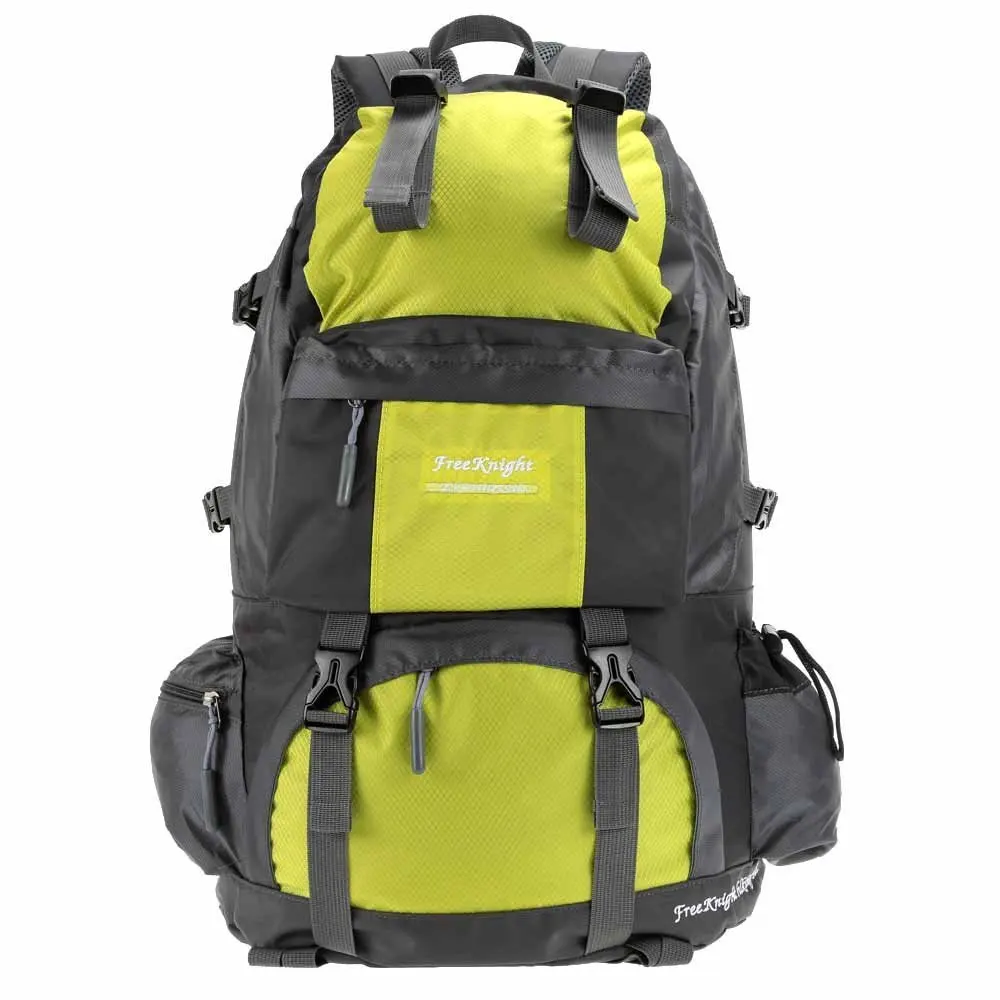
Free Knight 50L Backpack Trekking Bag Travel Waterproof Pack Mountaineering Knapsack50l
When packing your backpack for hiking, a good rule of thumb is to divide it into three sections: the bottom, the middle, and the top. Carefully pack the bottom of the pack first, balance the load by storing heavier items in the center, and store your trail essentials on top of the pack. As a result, the items you require are within reach and do.

70L Military Tactical Army Backpack Rucksack Hiking Camping Trekking Bag Outdoor Other Hiking
Secure the Load: Tighten all straps to prevent shifting and maintain balance. Test and Adjust: Hoist the pack, adjust straps for comfort and load distribution. Double-Check Accessibility: Make sure emergency items are easily reachable. Last-Minute Additions: Top off with a rain cover or extra layer for quick access.
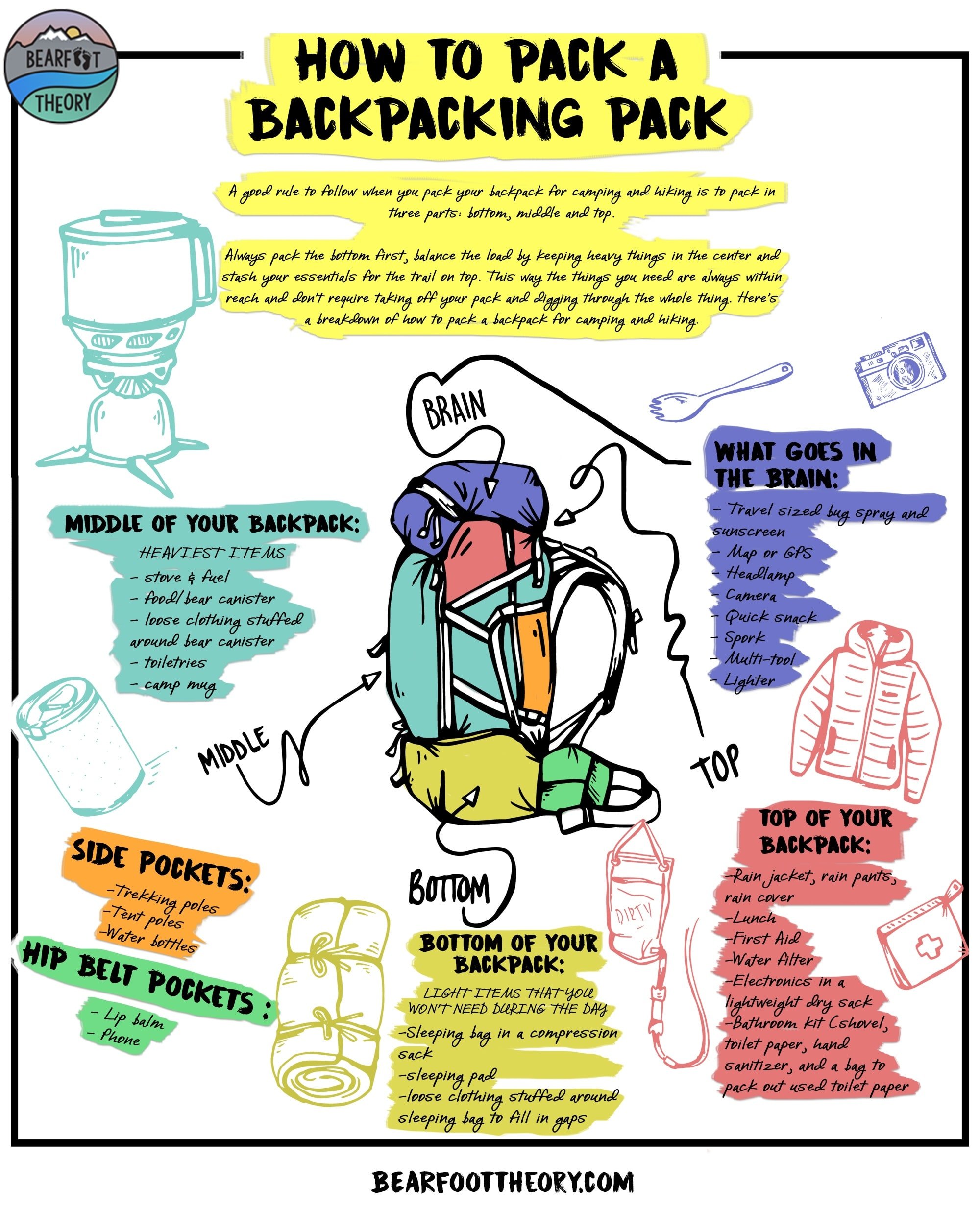
How to Pack a Backpacking Pack for a Multiday Hiking Trip Bearfoot Theory
Tilt your pack to an upright position on the ground. Stand next to the back panel; have your legs well apart and knees bent. Grab the haul loop (the webbing loop at the top of the back panel on your pack). Lift and slide the pack up to your thigh and let it rest; keep your hand on the haul loop for control.
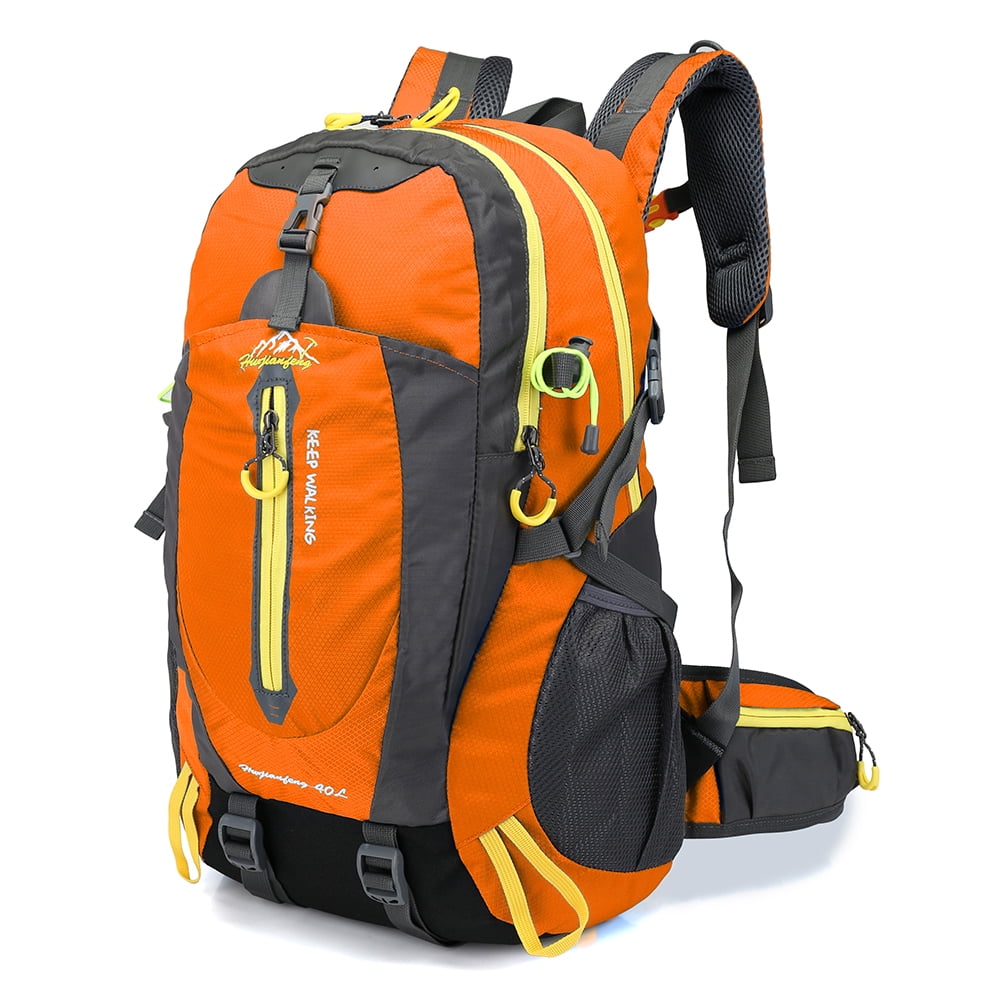
Hwjianfeng 40L Water Resistant Travel Backpack Camp Hike Laptop Daypack Trekking Climb Back
9. Buckle up the pack, making necessary adjustments. First, clip and tighten the waist belt. Typically, this strap rests on the middle of the hip bones to take most of the weight off the shoulders.
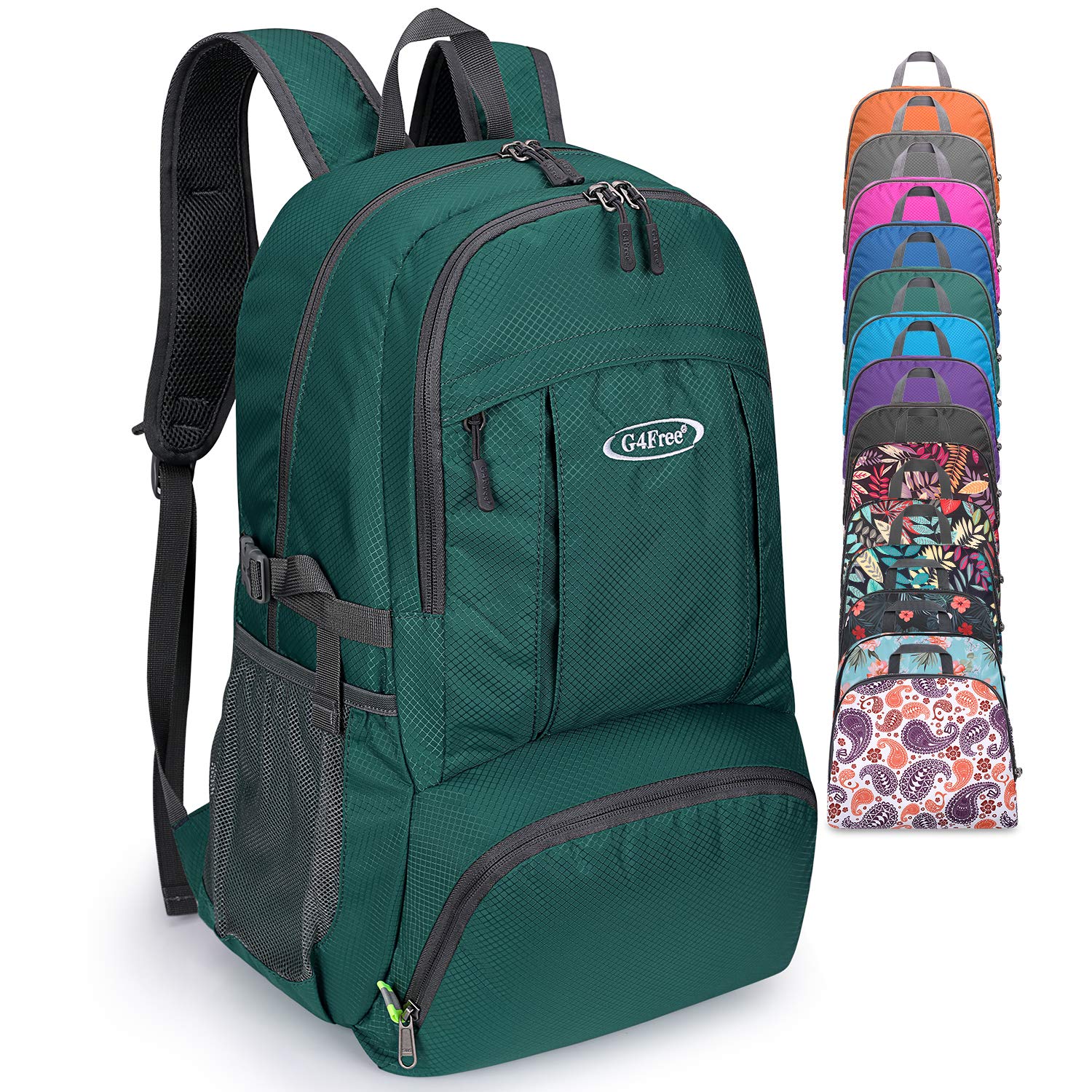
G4Free 40L Lightweight Packable Hiking Backpack Review
As you pack your hiking backpack, remember to pack only what you actually need and can carry on your back. Then, pack your sleeping items at the bottom of your bag, the rest of your camp gear towards the middle, and your daily necessities towards the top, in the brain, and in the additional pockets. Packing in this methodical manner will.

How to Pack a Backpack for a MultiDay Hike Packing List and Tips (2023)
Snacks are best kept near the top of your pack or in easy-access pockets. Water. Carry at least a litre of water in a sturdy bottle or canteen, and ideally two litres on longer or hotter days. Larger quantities of water are generally easier to carry in a water reservoir or hydration bladder.

Hiking Backpacks 40L Waterproof Hiking Backpack Men Trekking Travel Backpacks For Women Sport
Begin by lifting your pack onto your knee with the haul loop. Slip one arm into the shoulder strap while it's resting on your knee, then hoist the pack onto your back. Slip the arm holding the haul loop into the other shoulder strap, and then adjust your straps, lifters, and belt in a comfortable position.

75L Large Hiking Backpack Big Outdoor Travel Mountaineering Nylon Superlight Climbing Camping
Bottom of the bag: Zone 1: Put light items, like your sleeping bag, at the bottom. It gives structure to the bottom of the backpack and is a solid base for other items above it. A compression sack can help reduce the size of your sleeping bag. Against your back: Zone 2: Pack your heaviest items, such as your tent, food for meals, water or.

Trekking Bag Pack Canada Keweenaw Bay Indian Community
The key to that is making sure your pack is balanced. To do this, make sure the weight of your pack is centered and not top-heavy or pulling you down. By packing generally heavier items in the center of your pack, close your back, and lighter items on the top, bottom, and outside of your pack, the weight will be centered close to you and most.
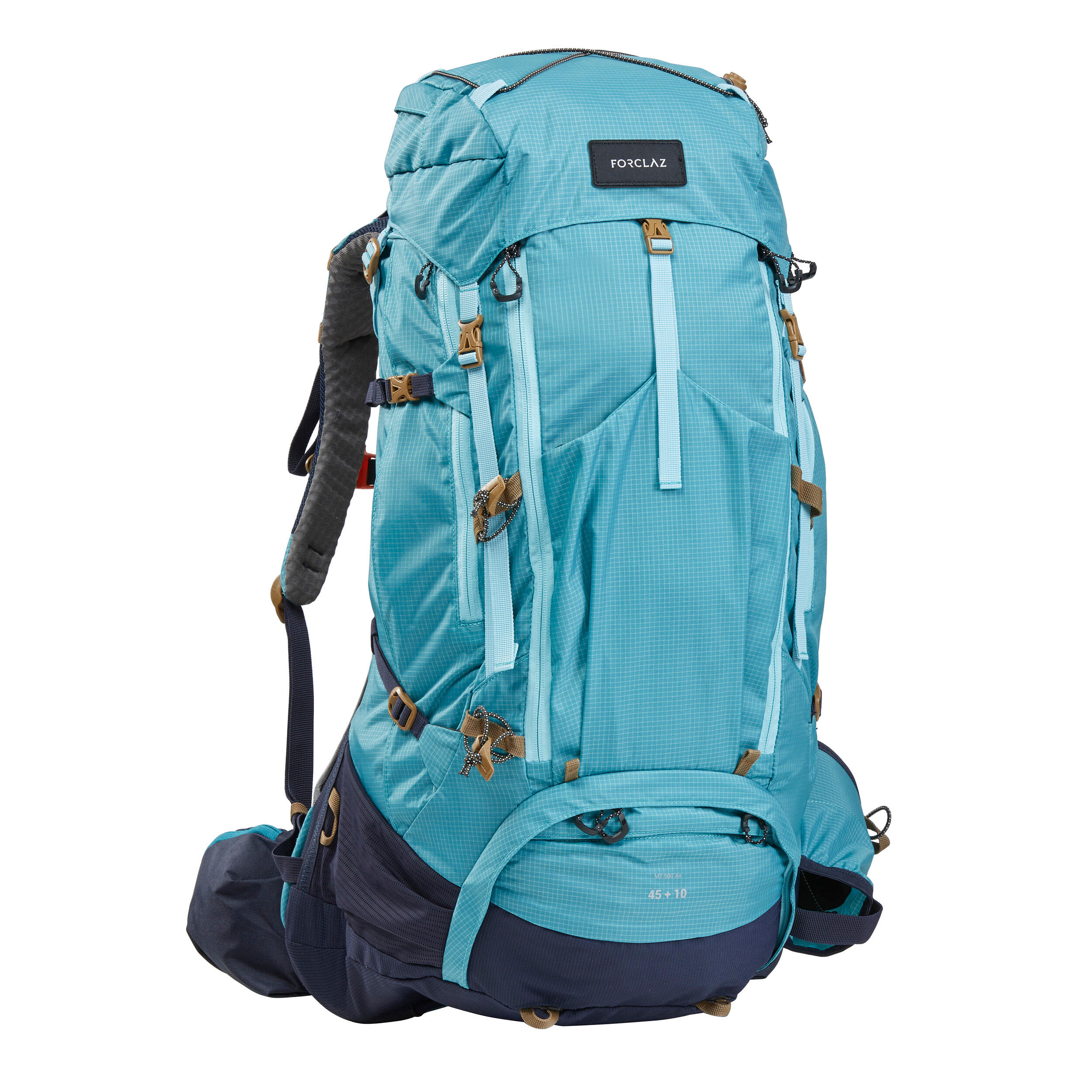
Trekking Bag 45+10L Air Trek 500 Blue Grey
Step 1: Stand your backpack upright. Step 2: Open the top of the backpack and pack your gear in order of how often you'll need to access it. Items you'll need frequently should be packed near the top of the backpack. Step 3: Use smaller pockets or compartments to keep smaller items organized and easily accessible.
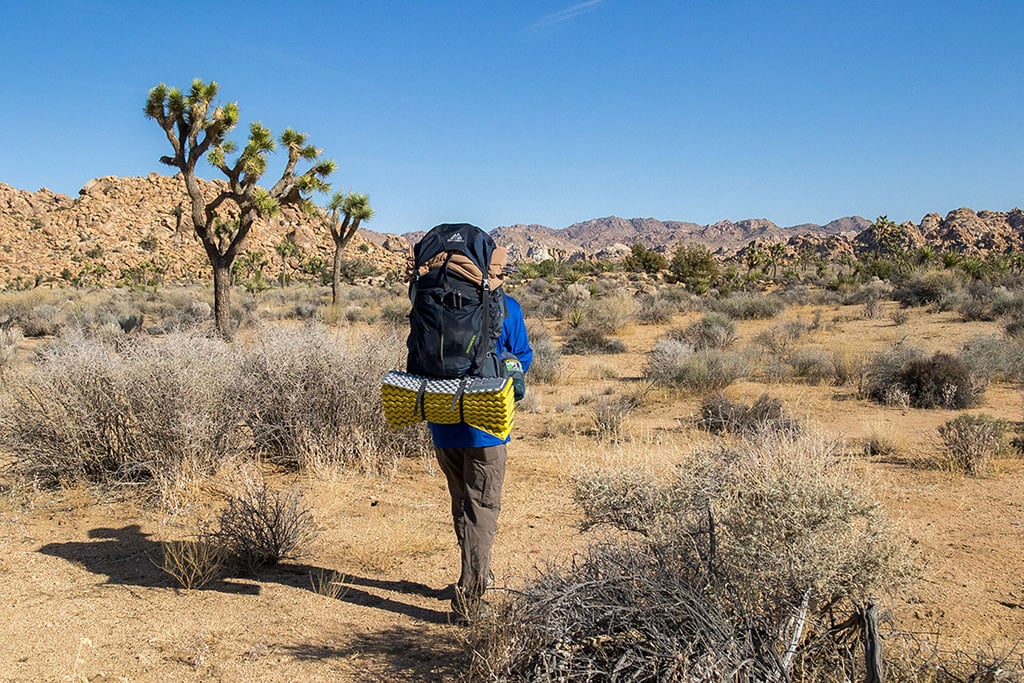
How to Pack a Backpack Backpacking & Camping The Summit Register
Then place the heavier items in the middle portion of the pack closer to the spine. This creates a centre of gravity in the right position. Place the lighter items like clothing and things you need easy access to on the top. Be aware of the items you place in the external pockets. For instance, two half litre bottles on either side pocket.

Top 5 Best Backpack for Hiking in 2022 For Travelista
3. Sun Protections - Everyone loves a sunny day while backpacking, but too much sun can have devastating effects on the skin, eyes, and hydration levels. Protect yourself by packing lightweight layers, sunglasses, SPF (preferably one with a mineral base to protect wildlife), and a hat. 4.
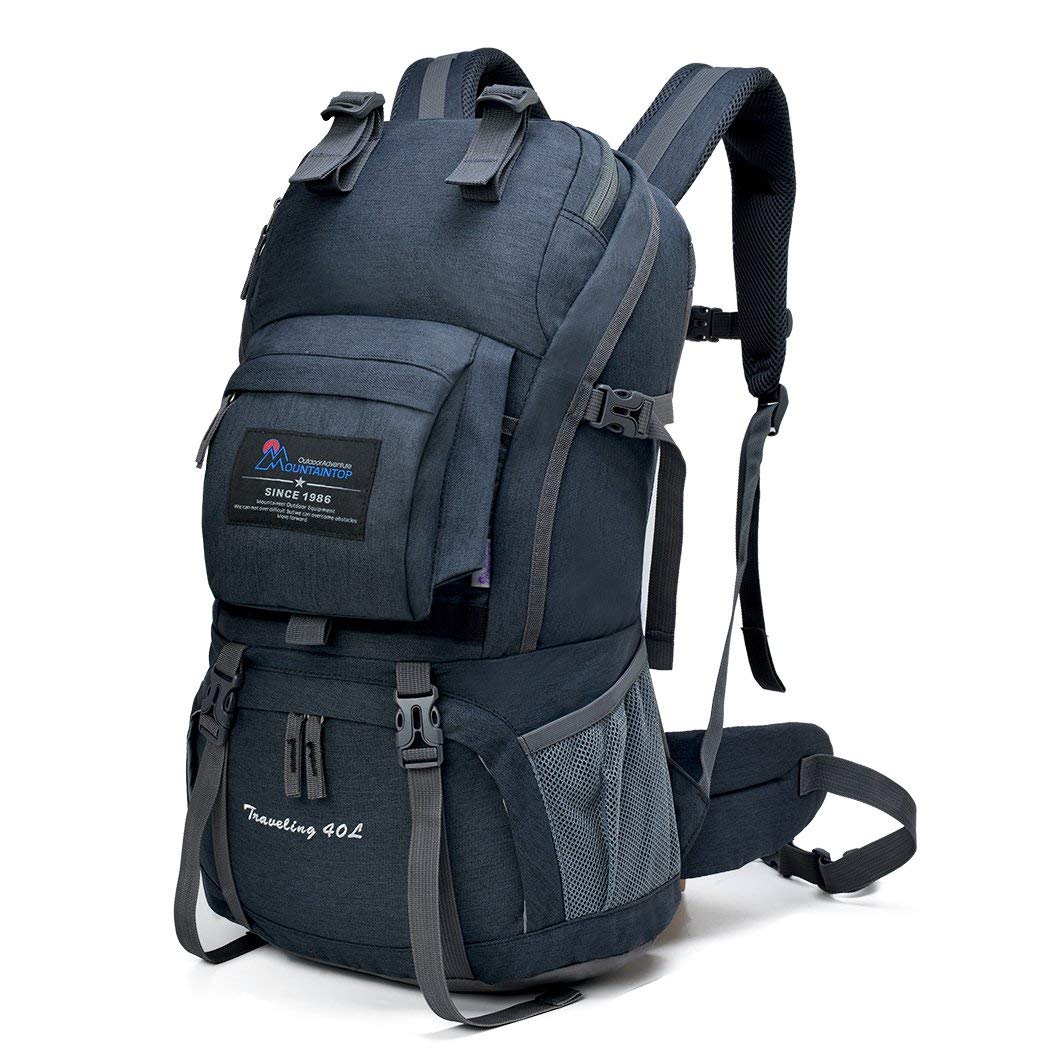
Best Hiking Backpacks for 2019 Top 5 Best Products
Pack a Backpack in Several Different Zones *Important - While backpacks differ somewhat in their designs and the way the compartments are divided up, most will still allow you to follow these basic packing guidelines. When packing your backpack, in order to distribute the weight correctly, you'll divide it into the following basic areas:

Buy Loowoko Hiking Backpack, 50L Waterproof Travel Backpack Trekking Rucksack aineering Backpack
Pack your backpack methodically: bottom for rarely used items, core for heavier items, and top for frequently accessed items; use external attachments for bulky gear.. Packing a hiking backpack is an art that combines understanding and meticulous planning. It's not just about what you bring, but how you pack it. Each decision, from weight.
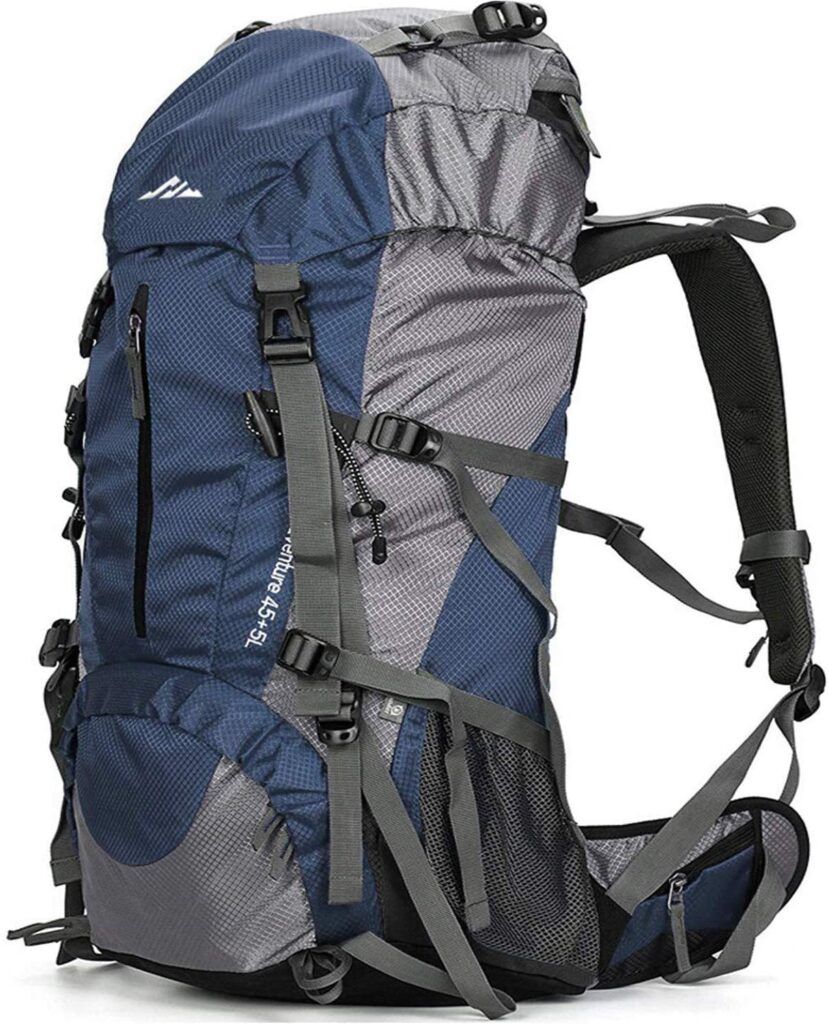
The 7 Best Waterproof Backpacks For Hiking and Backpacking
2. Pack your sleeping bag with your hiking tent, trekking poles, and other things you need to set up camp. If you are using a 2 person tent or a 3 person tent, you will want to split the tent and the poles up between you and your sleeping partner. Your sleeping bag should be placed in a dry bag or waterproof cover (if available) and then placed.
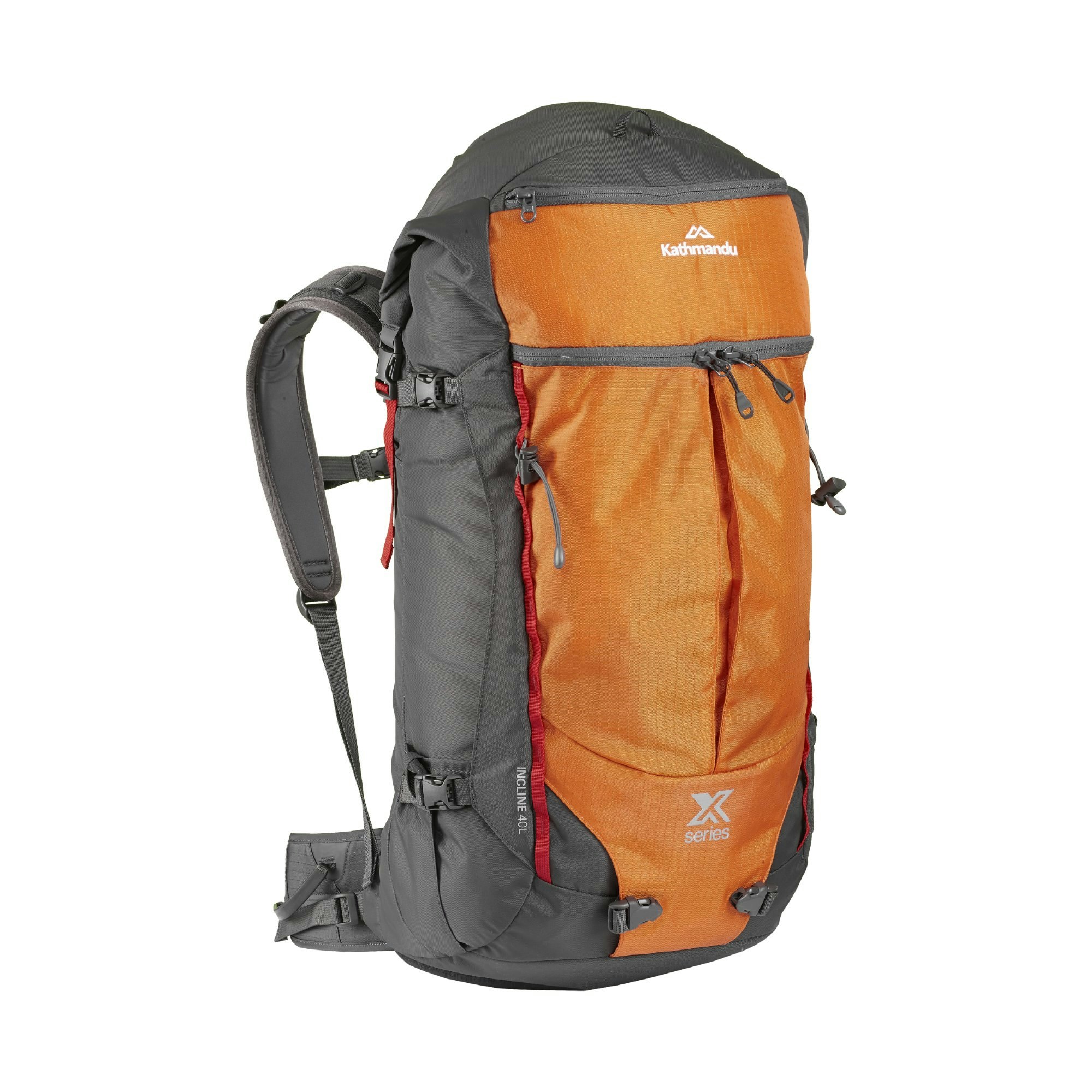
Kathmandu Incite gridTECH XT 40L Technical Backpack Trekking Rucksack Orange eBay
4. Pack Your "Top of Pack" Items. The top of your backpack includes the uppermost portion inside the pack and "the brain" - the part that's on top when you close your pack. It's typically a zippered compartment that can be removed and used as a daypack when you hike. Here's what I like to keep at the top of my pack: